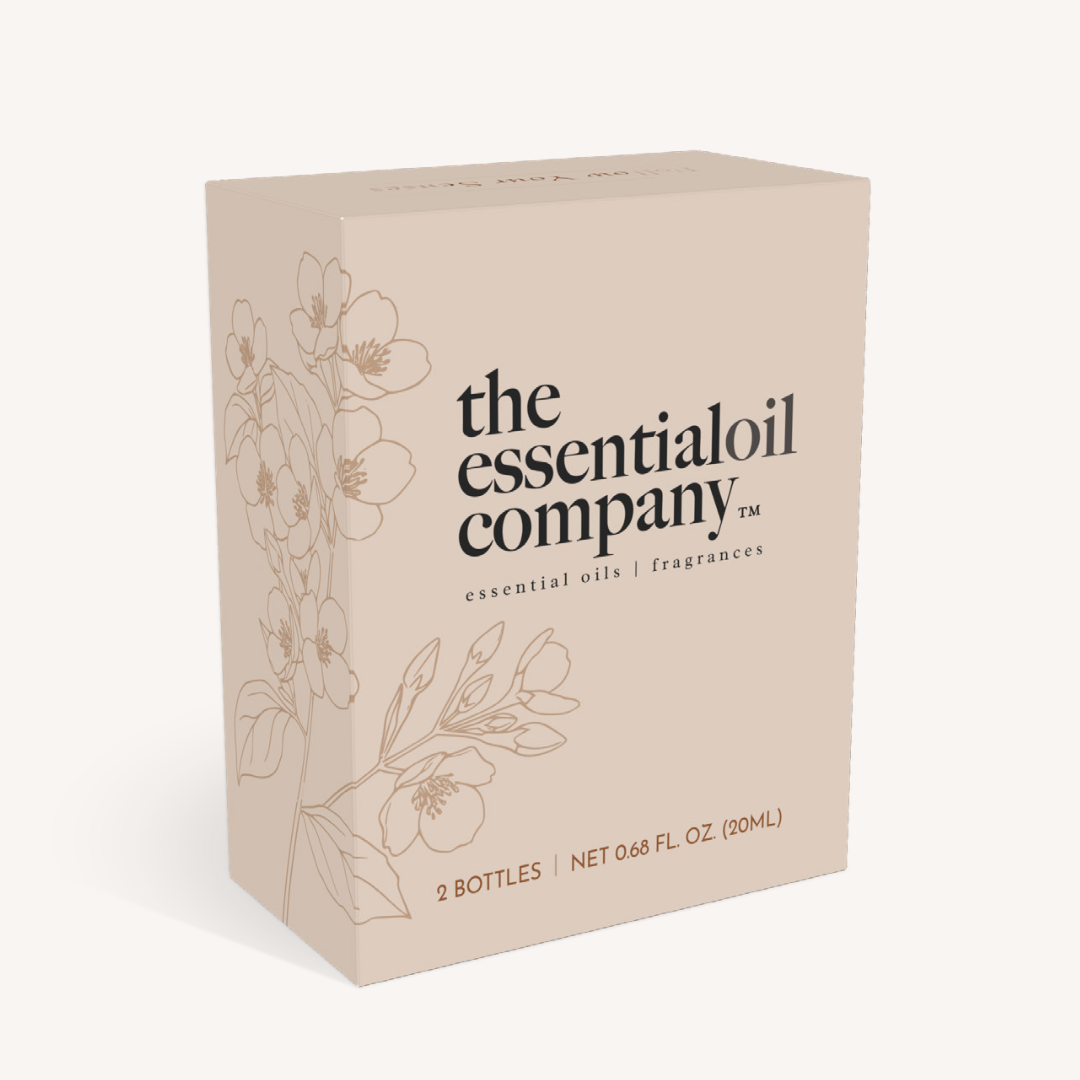What does superfat mean?
In short, to superfat a soap recipe means to add extra oil that will not react with the lye to create soap.
Soap making is a scientific process which involves a few mathematical equations. Each oil has its own saponification (SAP) value. This is the amount of lye it takes to turn an amount of oil into an equal amount of soap. SAP values for most soap making oils can easily be found online.
For cold process soap, the mathematical formula looks like this:

Using the exact amount of oils and lye you need for 100% saponification with nothing left over is a 0% superfat. You may want to have some leftover oil in your soap that isn’t saponified by the lye. These oil molecules are dispersed throughout the soap, in between the soap molecules. When you use a superfatted soap, your skin is being cleaned by the soap while also being moisturized and conditioned by the left over superfat oils.
5% is a commonly used superfat percentage, but it can range from 1-20%. 5% is a good starting point to create a bar of soap that keeps its cleaning power and is kind to the skin. Superfatting to a higher percentage may create a softer bar of soap or inhibit lather. Make sure you know the properties of your chosen oils and make test batches to find the perfect superfat amount for your recipe.
To superfat your soap to 5% you would simply add 5% MORE oil than is needed for your recipe. Using the same example as above we can calculate a superfatted recipe.
10 ounces of palm oil requires 1.41 ounces of lye to completely saponify. You would simply increase the oil amount by 5%.
(10 oz palm oil) x (1.05) = 10.50 ounces palm oil
Superfatting is a great way to take your cold process soap to the next level.










